Is Manu National Park worth visiting?
When planning a trip to the Peruvian Amazon, Manu National Park stands out as a prime destination for experiencing the region’s unparalleled biodiversity and stunning landscapes. However, many travelers with limited time often wonder if a short trip to Manu can still provide memorable wildlife sightings.
All You Need to Know Before Booking a Short Trip to Manu Park
As a lifetime guide in Manu National Park and Tambopata. I have decided to write this article since it is crucial to have access to reliable information. In the virtual realm of the internet, Trip Advisor forums, have become essential for researching travel destinations.
However, it is essential to discern honest advice from those driven by vested interests. Many travel agents manipulate these threads to divert potential tourists away from Manu National Park.
In this comprehensive guide, we will provide you with valuable insights and tips to maximize your wildlife observation experience during a short tour along the Manu National Park. Empowering you to make informed decisions and have an incredible experience.
1: Tour Focus
A classic mistake is to go with rigid programs that do not focus on forest exploration–this puts you in a straitjacket and often the itineraries do not leave enough time for searching for animals or exploring the wilderness. Too much time may be lost covering cultural aspects along the journey that have less relevance to a real nature and wildlife excursion especially if your time is limited.
We strongly believe that any rainforest trip should be optimized to focus on exploring the forest as much as possible, which means earlier arrival to lodges to venture inside the forest to look for wildlife along trails rather than filling up on cultural activities of visiting; bakeries, churches, local shops, and markets causing you to arrive late to the lodge just to overnight without having explored the area.
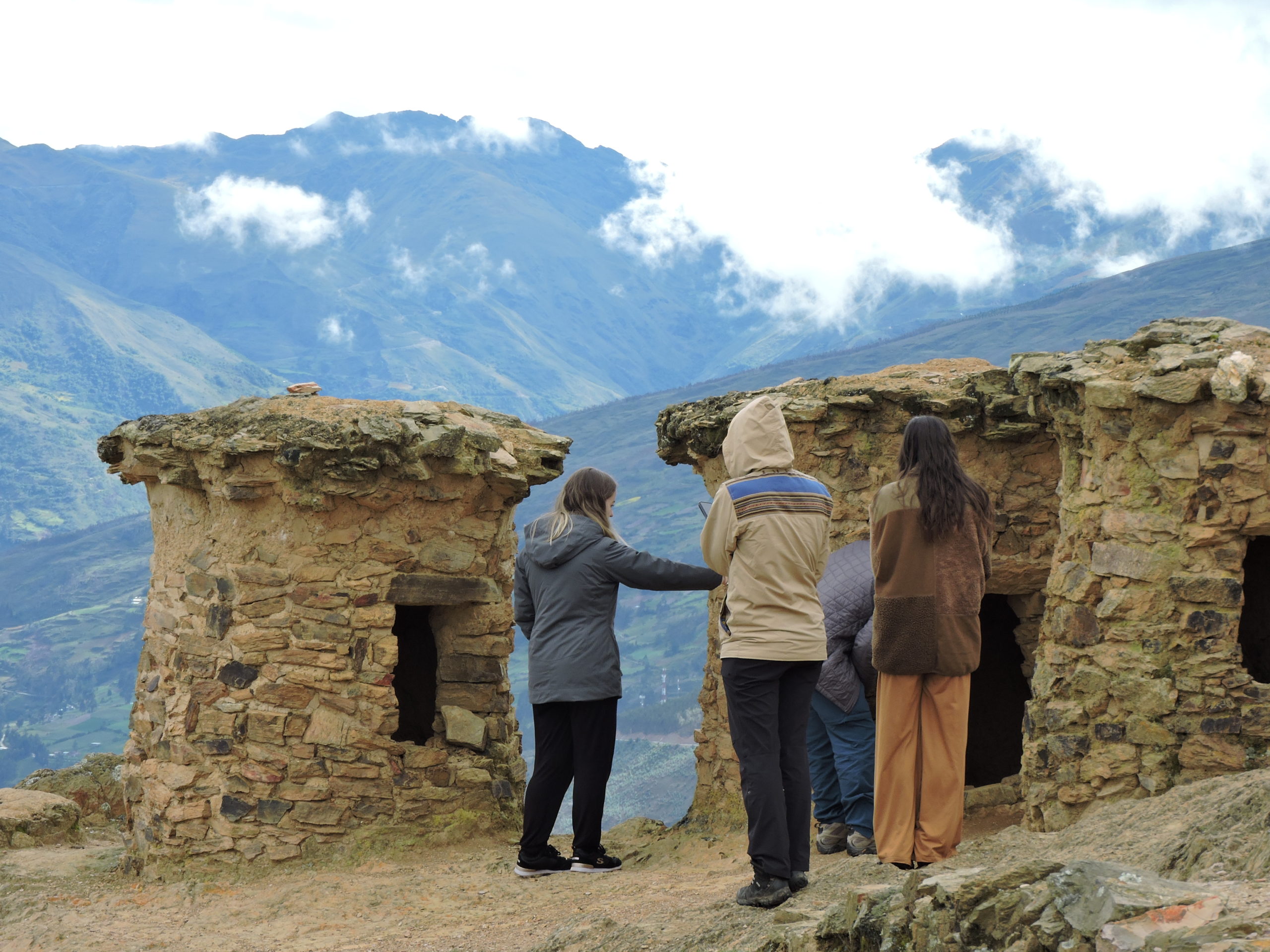
2: Travel Pace
As everyone knows time is valuable in all aspects. The travel time from Cusco City to the lodge in the Manu region should not take the entire day or exceed more than 8 hours. Including the classic stops and walks of the following sites;
- Ninamarca Burials. (Pre-Incan Funerals and View of the high mountains) 15 Minutes
- Paucartambo Village. (Coffe Break and Walk to the Arch shaped bridge and Plaza de Armas) 30 Minutes
- Acjanacu Ranger Station (Gate of the Park, there are a few illustrations, Map and the Iconic Sign) 15 Minutes
- Waterfalls near Pillahuata (walk along the road to experience the cloud forest) 10 minutes
- San Pedro Area (Search for the Cook of the Rock, Wooly Monkeys, and Quetzals). 20 minutes
- Pilcopata Tropical Fruits Market. 10 Minutes
Experienced and sharp-eyed guides usually spot wildlife even when vehicles are moving so this helps a lot in time optimization.
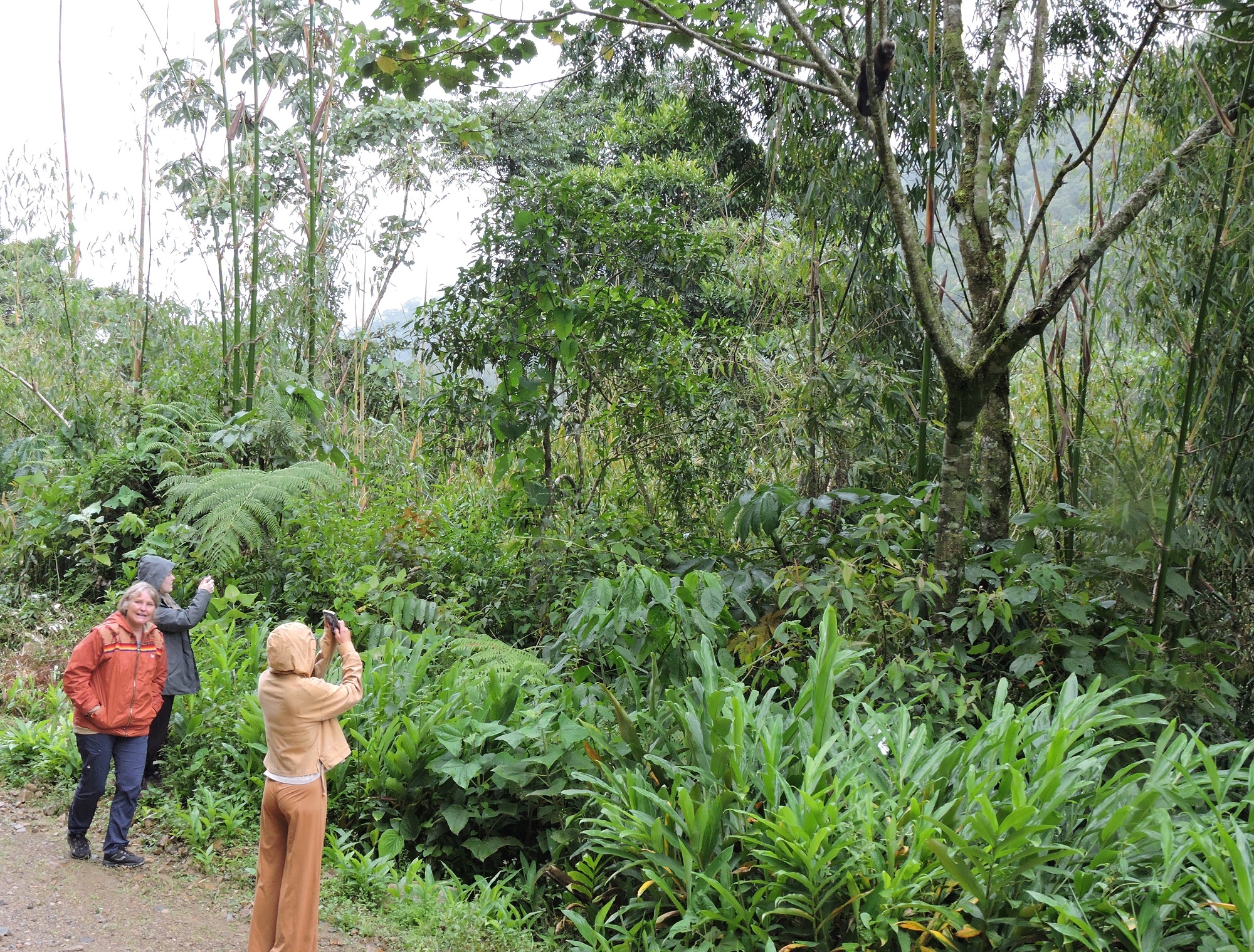
3: Location of Lodges
The lodge plays an important role in defining your experience in the rainforest. Check in advance which lodges or campsites your program will include.
If possible, search on Google Maps to make sure the sites are isolated from human disturbances at least a couple of miles away from roads network and villages.
Disturbed areas do not guarantee wildlife encounters at all. A strategic location for a lodge would be inside a private reserve or adjacent to the protected zone of the Park, where the primary forest remains healthy.
This is much better for wildlife observation; where there are large macaws, caimans, large monkeys, and even tapirs, these and other bio-indicators speak for themselves on the topic of forest quality.
Avoid using lodges, or hostels located near villages or main road which is likely surrounded by secondary-growth vegetation.
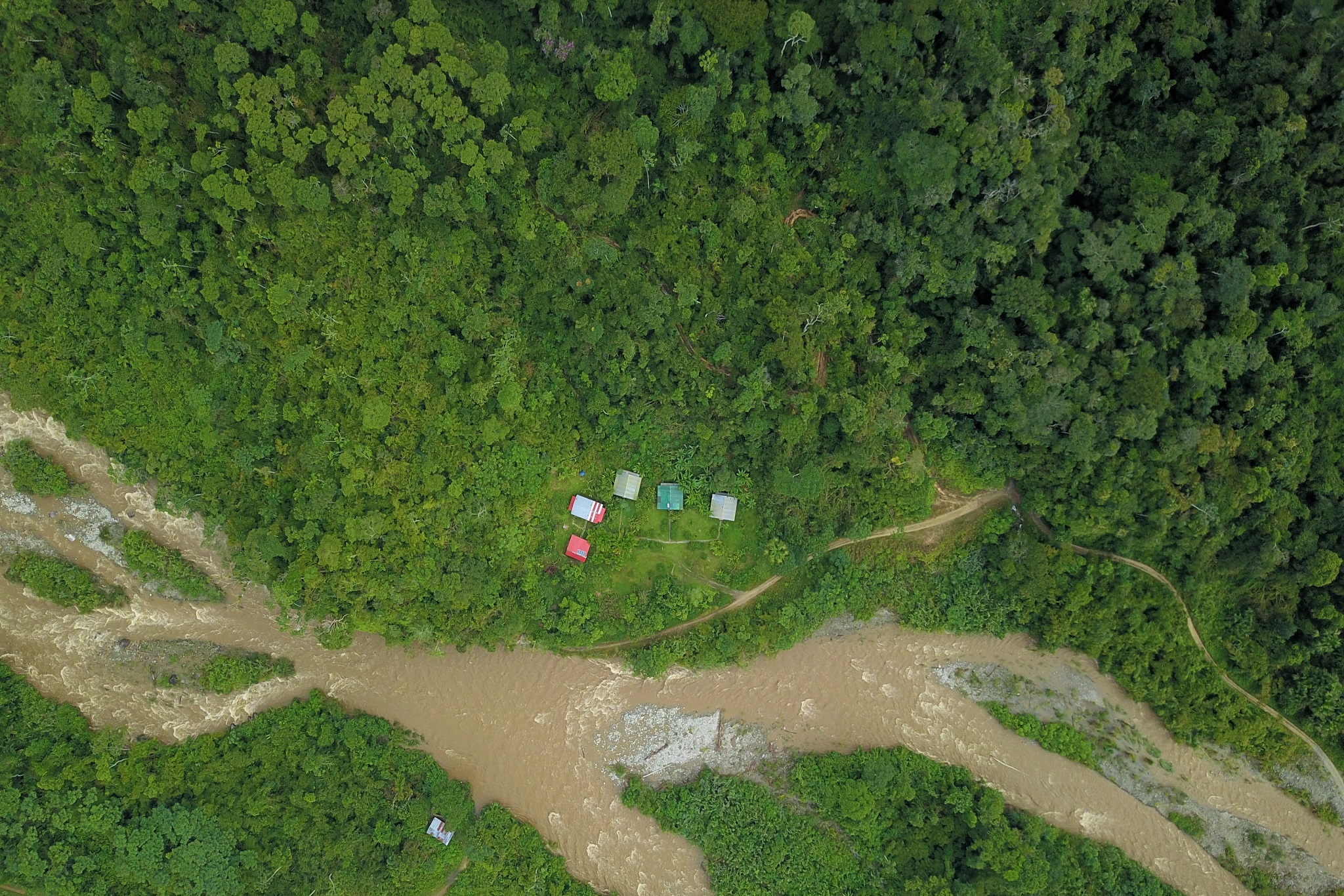
4: The importance of Guides
Poor or poorly-equipped guides can ruin even the best-planned trip. It is worth your while to research the quality of your guides.
Nowadays, one good indicator is the equipment they use, depending on the destination. If animals are seen far in the distance, good spotting scopes should be provided for observation.
Experienced naturalist guides also can usually identify animals by subtle sounds that emerge from the forest. A dedicated guide should also be able to describe the cultural aspects of the places while traveling in the tour vehicle.
This helps to optimize your time since you can learn about some of the history and culture without delaying the journey. On the way to Manu, there is always something to explain–about the cloud forest, high mountains, local traditions, customs, etc.
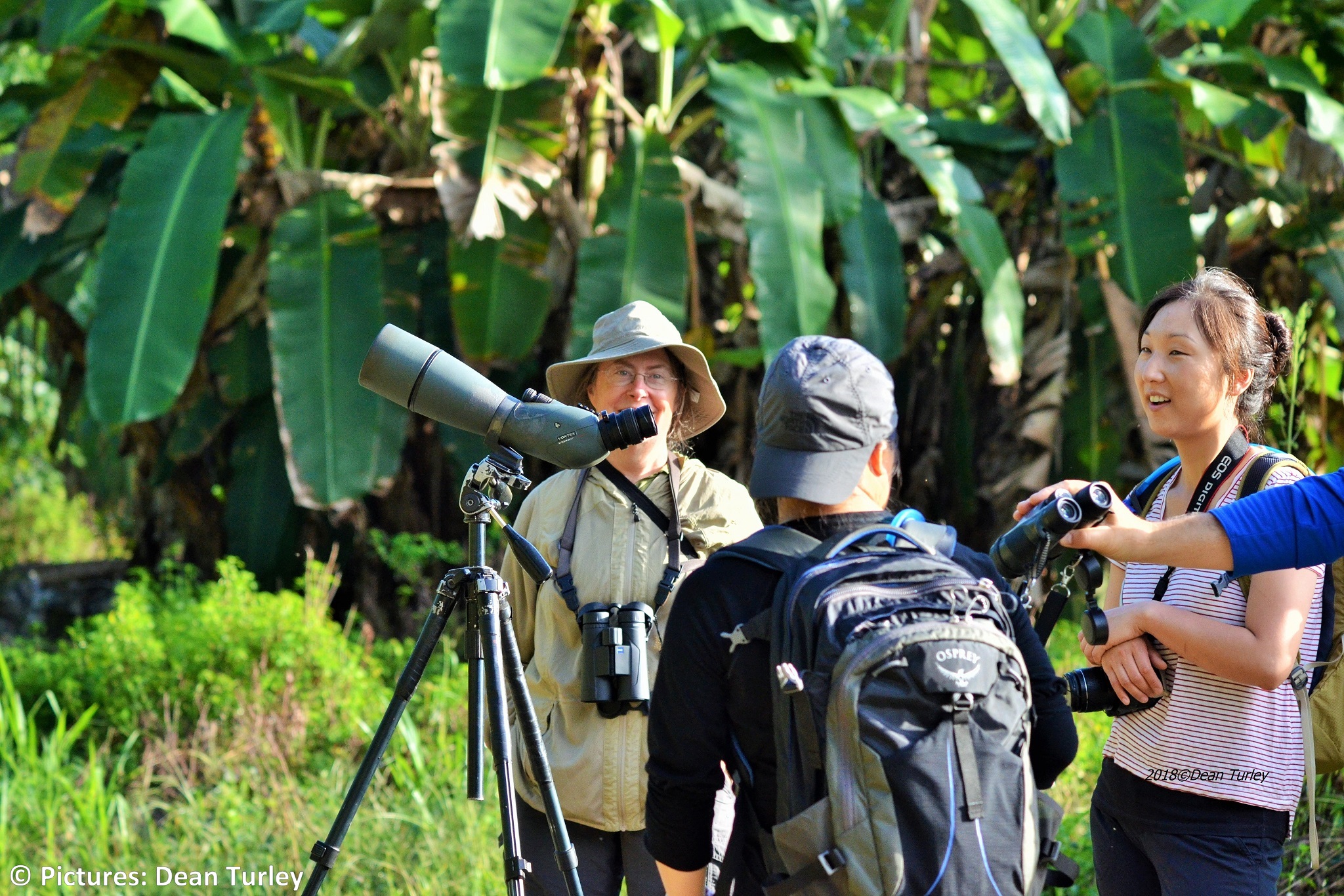
5: Group Size
It’s unpleasant but tolerable to travel packed in a group of 10 people. It’s disastrous to try to see elusive animals in overcrowded vehicles and boats. Be sure to get straight answers about how many others will be on your tour and in your vehicle. By simple logic, a larger vehicle moves more slowly due to the conditions of the road.
Big groups go packed in a bus so even more time is wasted embarking and disembarking the vehicle, not to mention for meals, bathroom breaks, and pictures, further slowing down the trip.
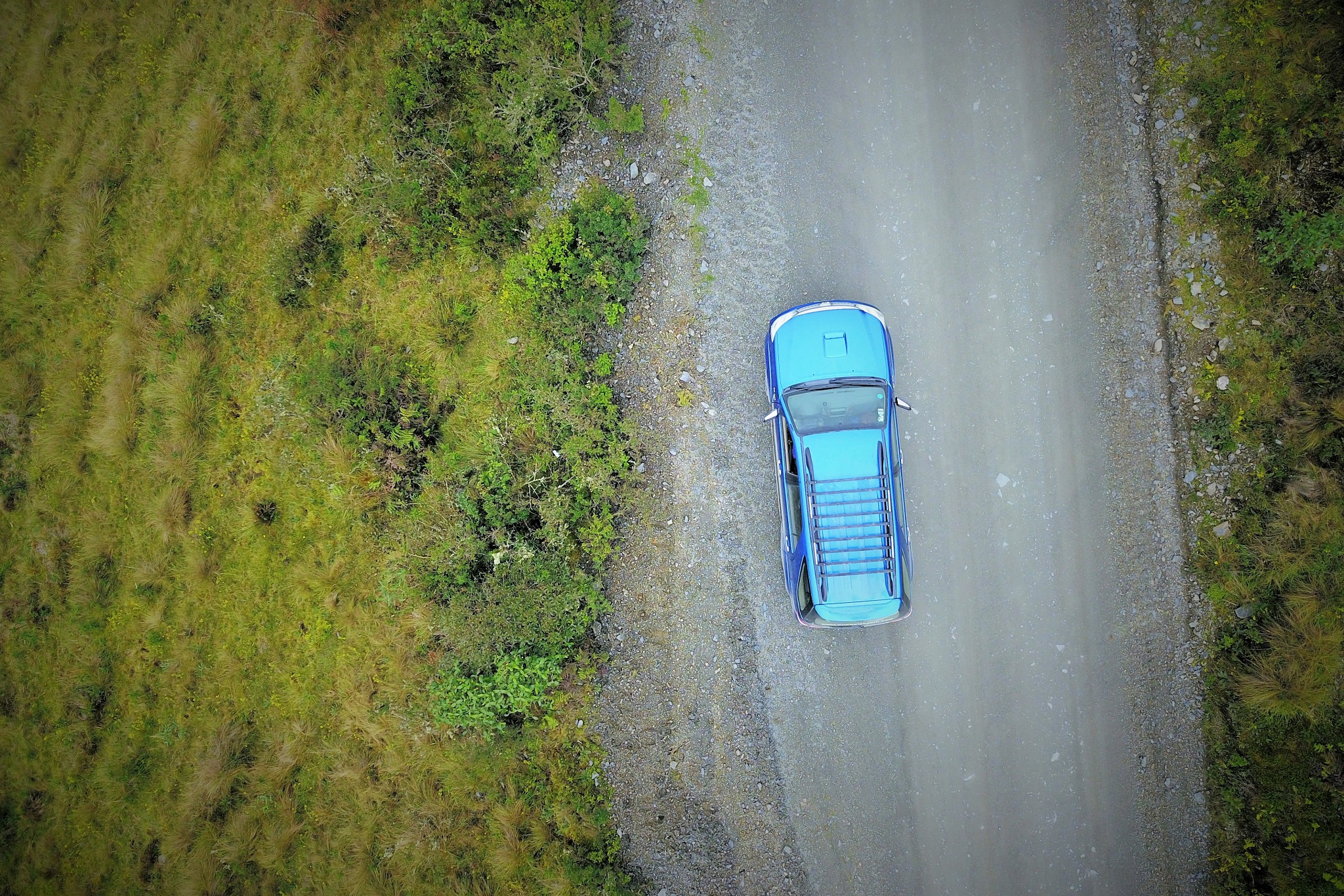
6: Book a Conservation Approach Tour
Additionally, the edges of parks are where the big battles for conservation happen. This is where most eco-tourism and conservation projects are doing their best to maintain the balance between agricultural/commercial land use by the community and wildlife habitat preservation.
These are the shields that protect the integrity of Manu National Park. By supporting these projects, you help to favor the conservation of the rainforest over its destruction for other purposes.
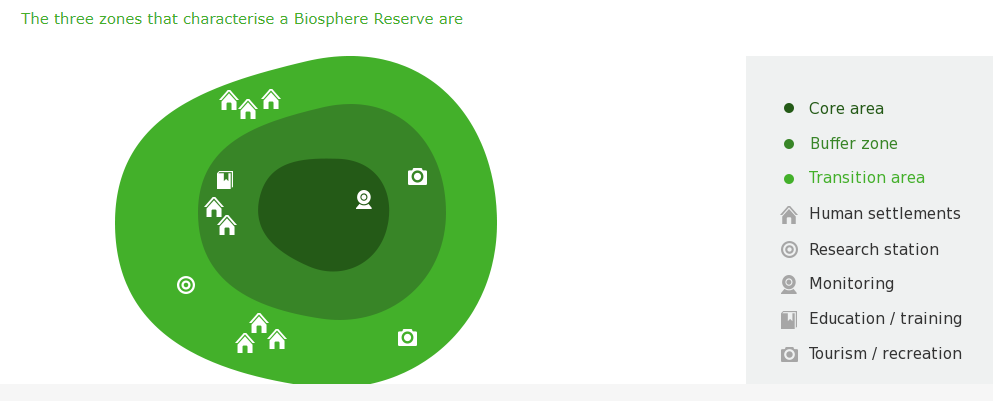
Conclusions
In fact, even short tours offer a unique opportunity to connect with nature and witness the awe-inspiring wildlife that this region holds. However, to truly make your trip memorable and worthwhile, proper planning and knowledge are essential.
The Short tours into the Manu can be worth as long as are optimized and designed for real nature and rainforest activities so you can get a true taste of wilderness and have a better experience.
We hope you have found this advice useful and have a better idea of what to look for in a 2, 3- and 4-day tour into Manu.


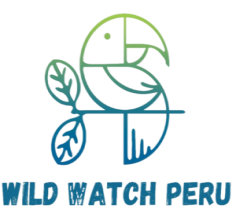

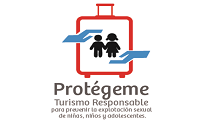
One comment
Katerine Faith F
17 September, 2023 at 12:23 pm
Useful for anyone considering to visit to Manu Park. It provides comprehensive information and covers all the essential aspects that one needs to consider before booking a short tour.
The blog provides updated information, which is crucial when it comes to making the right decision about which tour to choose. As someone who has been taking a tour into Manu. I can confidently say that your article offers valuable insights that will benefit potential visitors.
Overall, your blog is an excellent resource based on someone as lifetime experience for anyone planning a trip to the Peruvian Amazon, and I would highly recommend it.
Comments are closed.